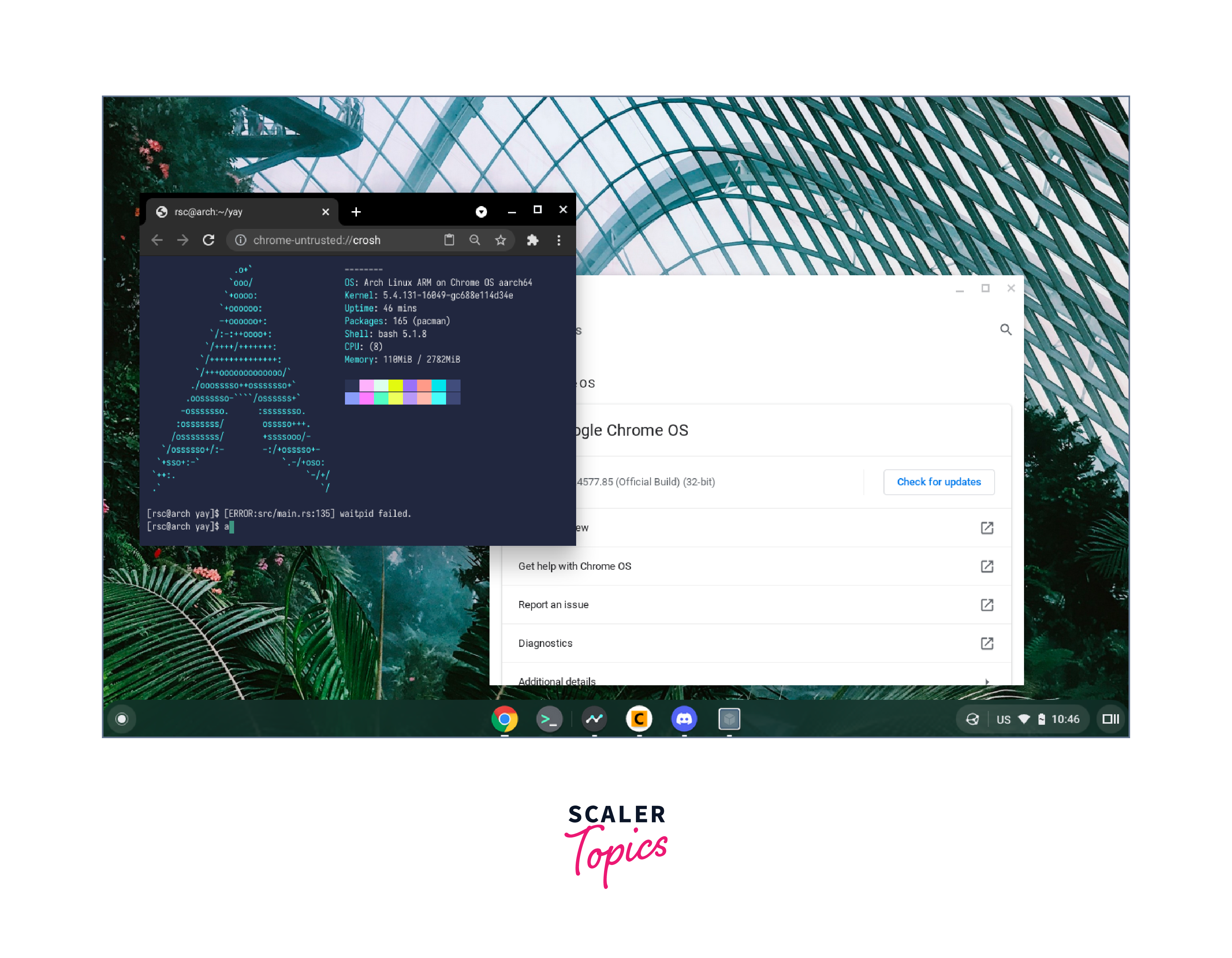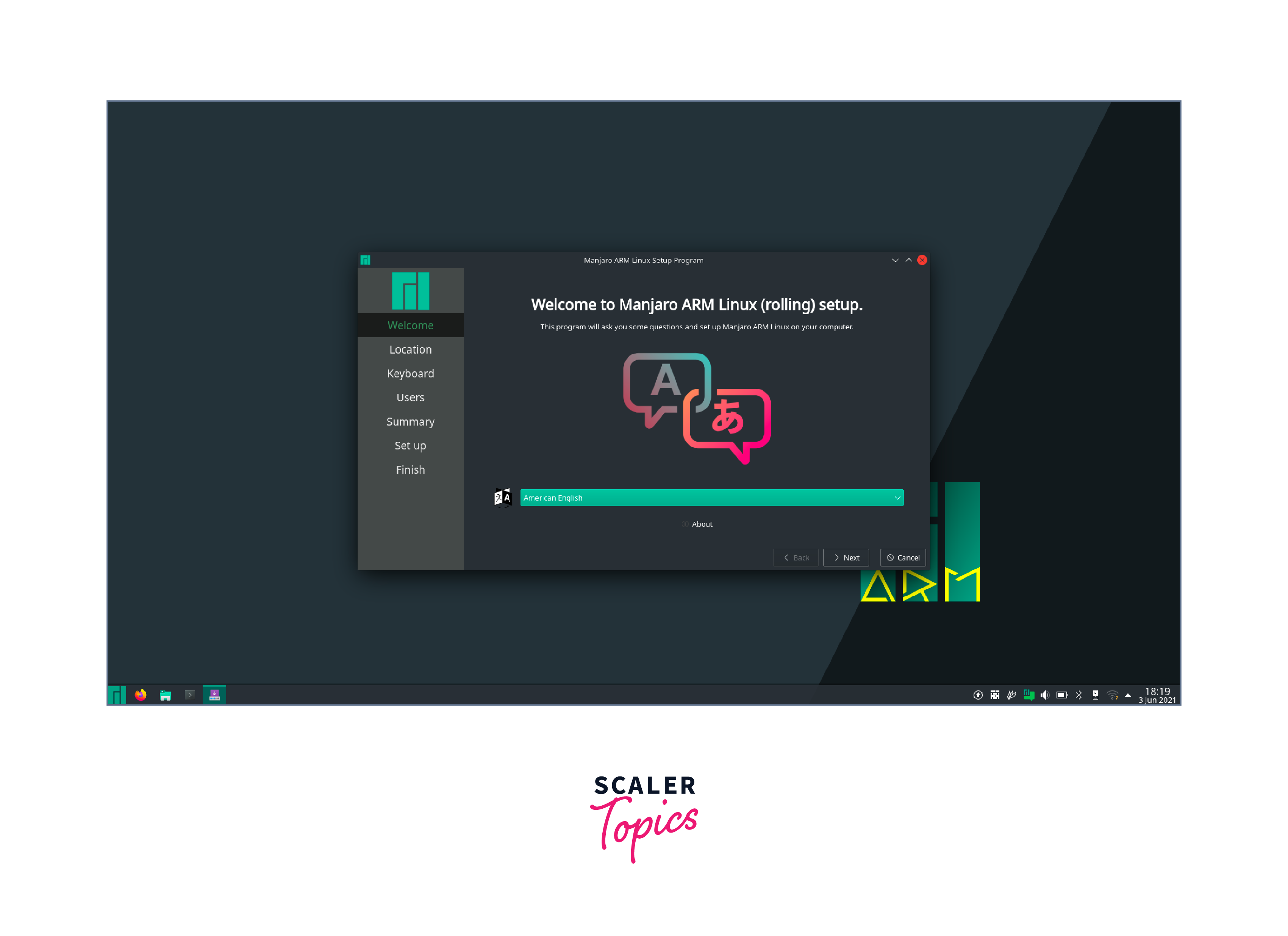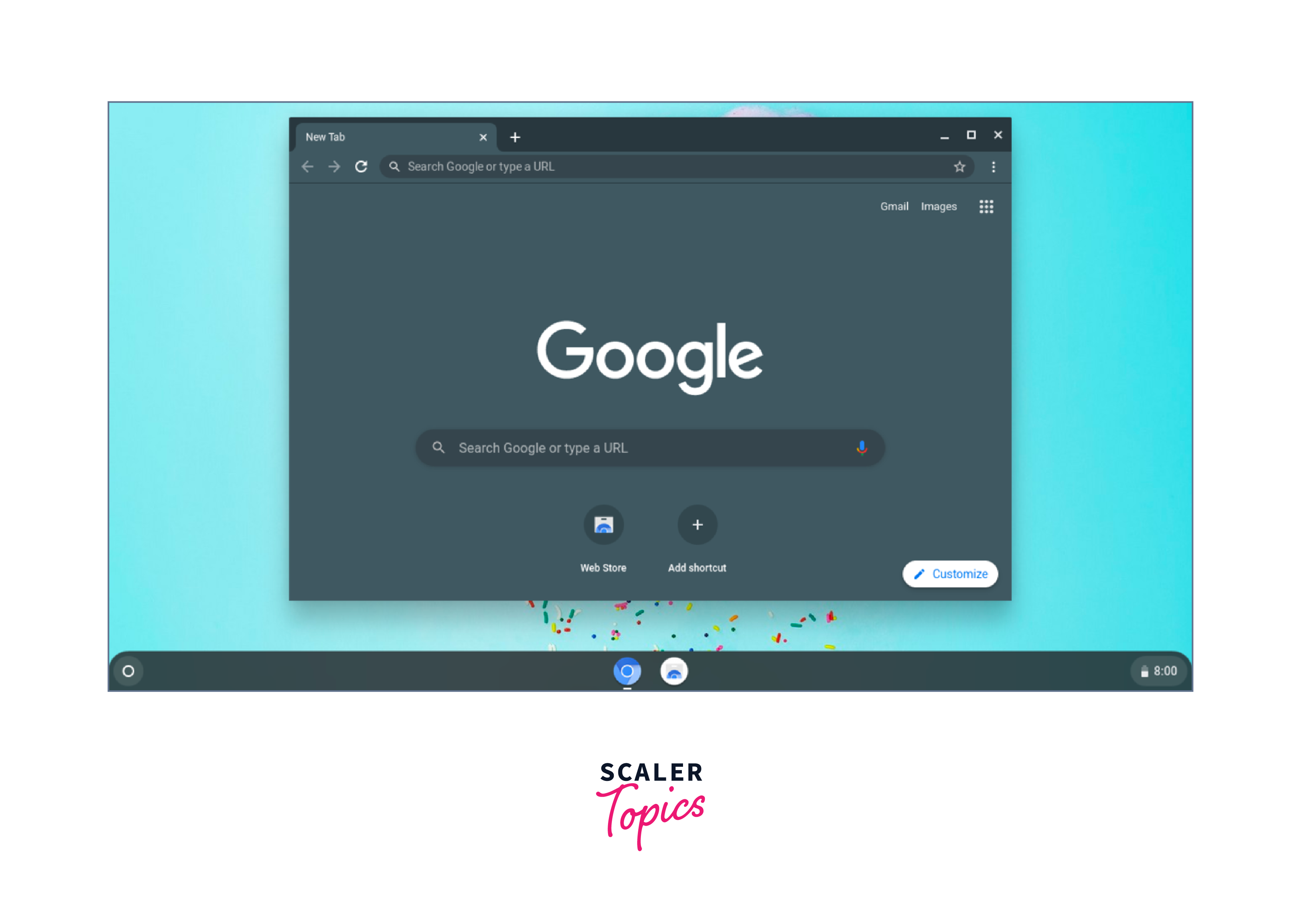What are the Best Linux ARM Distributions?
What is Linux ARM?
The term "Linux ARM" refers to the version of the Linux operating system created especially for ARM-based hardware. A lot of smartphones, tablets, embedded systems, single-board computers like the Raspberry Pi, and Internet of Things (IoT) devices use the CPU architecture known as ARM (Advanced RISC Machine).
What Function Does Linux ARM Serve?
For ARM-based devices, Linux ARM serves as an efficient and adaptable operating system. Being an open-source operating system, Linux is adaptable and can be customized for a variety of hardware platforms, including ARM. It enables users and developers to benefit from the ARM architecture's compact form factor compatibility, low cost, and power efficiency. This article discusses "Linux ARM Distros".
Arch Linux ARM

Arch Linux ARM (ALARM) is a distribution of the Linux operating system based on Arch Linux, specifically designed to run on devices with ARM processors. It aims to provide the same lightweight, minimalistic, and customizable experience as its parent distribution, Arch Linux, but optimized for ARM-based systems.
Arch Linux ARM distros offers several key features:
Lightweight and Minimalistic: Arch Linux ARM follows the philosophy of simplicity, elegance, and minimalism. It provides a core system with a minimal set of pre-installed packages, allowing users to customize their system according to their specific needs.
Rolling Release Model: Like Arch Linux, Arch Linux ARM follows a rolling release model. This means that instead of having major version releases, the system is constantly updated with the latest software versions, ensuring users have access to the most up-to-date packages and features.
Pacman Package Manager: Arch Linux ARM utilizes the Pacman package manager, which is known for its simplicity and efficiency. Pacman allows users to easily install, update, and manage software packages from the Arch Linux ARM repositories.
AUR Support: Arch User Repository (AUR) is a community-driven repository that provides a vast collection of user-created packages. Arch Linux ARM supports AUR, allowing users to access a wide range of additional software and utilities.
Debian on ARM

Debian is a widely recognized and versatile Linux distribution that supports multiple architectures, including ARM. Debian ARM, often referred to as Debian GNU/Linux for ARM, is the port of Debian specifically optimized for ARM-based devices. It aims to provide the same stability, security, and extensive software ecosystem that Debian is known for.
Here are some key points about Debian Linux ARM distros:
Architecture Support: Debian ARM supports a broad range of ARM-based systems, including single-board computers, embedded devices, smartphones, tablets, and servers. It covers various ARM processor families, such as ARMv7, ARMv8, and ARM64.
Debian ARM Ports: Debian provides multiple ARM ports to accommodate different ARM architecture variants. The most common ports are armhf (ARM Hard Float), armel (ARM EABI Little-Endian), and arm64 (ARMv8 64-bit).
Package Availability: Debian ARM benefits from the vast Debian package repository, offering a wide range of software packages for ARM architecture. Users can access thousands of applications, libraries, and tools through the Debian package management system, apt.
Cross-Compilation Support: Debian ARM supports cross-compilation, enabling developers to build software on more powerful systems (x86, for example) and generate ARM-compatible binaries. This is particularly useful when building software for resource-constrained ARM devices.
Manjaro ARM

Manjaro ARM is an ARM port of the Manjaro Linux distribution. It aims to bring the simplicity, flexibility, and user-friendly experience of Manjaro to ARM-based devices. Manjaro ARM is based on Arch Linux ARM, providing a stable and optimized operating system for various ARM platforms.
Here are some key features and characteristics of Manjaro Linux ARM distros:
User-Friendly Approach: Manjaro ARM focuses on providing a user-friendly experience, making it accessible to both beginners and experienced Linux users. It offers an intuitive graphical installer, a user-friendly desktop environment, and a selection of pre-installed software for a smooth out-of-the-box experience.
Multiple Desktop Environments: Manjaro ARM supports multiple desktop environments, including Xfce, KDE Plasma, and GNOME. Users have the flexibility to choose the desktop environment that suits their preferences and hardware resources.
Rolling Release Model: Similar to its parent distribution, Manjaro ARM follows a rolling release model. This means that users have access to the latest software updates and new features as soon as they are available, without the need for manual system upgrades or major version releases.
Simplified System Maintenance: Manjaro ARM provides tools and utilities to simplify system maintenance tasks. This includes the graphical package manager Pamac, which allows users to easily install, update, and manage software packages, as well as access to the Arch User Repository (AUR) for additional software options.
Chromium OS

Chromium OS is an open-source operating system developed by Google and built around the Chromium web browser. It is designed primarily for web-based tasks and is the foundation for Google's Chrome OS, which powers Chromebooks. Chromium OS is focused on providing a lightweight, fast, and secure environment for users who primarily use web applications and services.
Here are some key points about Chromium Linux ARM distros:
Web-Centric Experience: Chromium OS is designed with a strong emphasis on web-based applications and services. It provides a simplified interface that revolves around the Chrome web browser, allowing users to primarily interact with web apps and perform tasks online.
Security and Sandboxing:Chromium OSis designed with security in mind. The operating system employs sandboxing techniques to isolate web applications and prevent malicious code from affecting the system. It also includes automatic updates to ensure that users have the latest security patches and features.
Fast Boot and Performance: Chromium OS is optimized for quick boot times and responsiveness. The lightweight nature of the operating system enables it to run efficiently on lower-end hardware, making it suitable for devices with limited resources.
Limited Local Storage: Chromium OS assumes that most user data and applications will reside in the cloud. It prioritizes cloud storage and synchronization, with limited local storage on devices. This approach helps keep the system lightweight and encourages users to utilize web-based services.
Conclusion
-
Linux ARM distros architecture powers smartphones, tablets, embedded systems, and IoT devices.
-
Debian, Ubuntu, Arch Linux ARM, and Manjaro ARM are adaptable and trustworthy ARM-optimized Linux variants.
-
These ARM distributions offer portability, flexibility, stability, abundant software, and strong community support.
-
Users can pick Debian's stability and security, Ubuntu and Manjaro ARM's user-friendliness, or Arch Linux ARM's customization and rolling release model.
